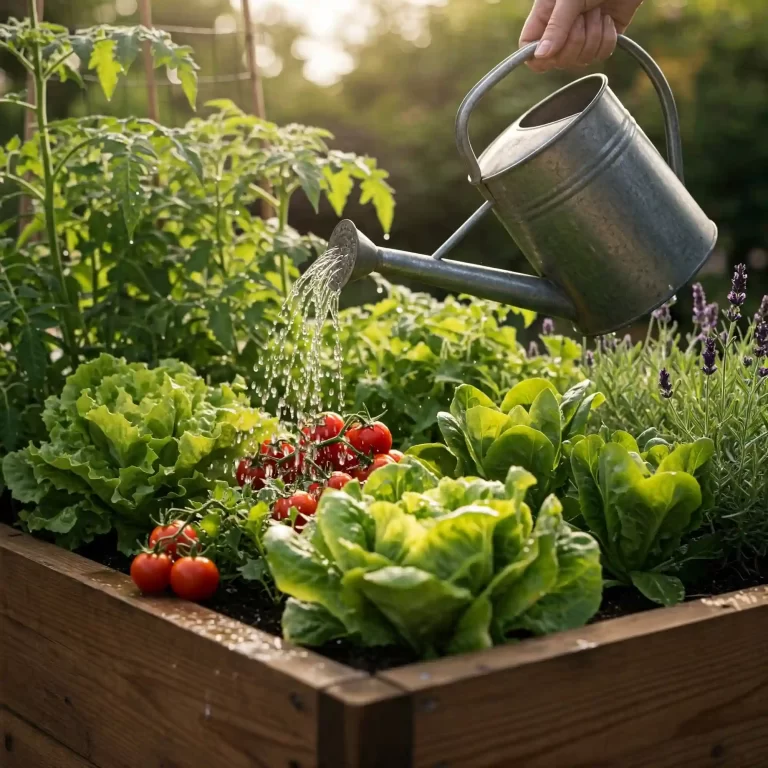A Guide to Styling Your Garden with Elevated Charm
Raised garden beds can add a touch of elegance and functionality to any outdoor space. With their elevated design and ability to accommodate various plant types, raised gardens offer a myriad of creative and decorative possibilities. Whether you prefer a classic look or something more modern, the options for designing your raised garden are endless.
Benefits of Raised Garden Beds
- Improved Drainage: Elevated beds provide better drainage, preventing waterlogging and root rot, especially during heavy rain.
- Soil Quality Control: Raised gardens allow you to customize the soil mix, ensuring optimal conditions for your plants.
- Accessibility: Raised beds are easier to access and maintain, reducing the need for bending or kneeling.
- Pest Control: The height of the beds acts as a barrier, reducing the risk of pest infestation.
- Aesthetic Appeal: Raised garden beds add an organized and visually appealing element to your outdoor space.
Design Ideas for Raised Garden Beds
1. Classic Wooden Beds:
Wood is a popular choice for raised garden beds, offering both durability and aesthetic charm. Consider using reclaimed wood or eco-friendly materials for a sustainable touch.
2. Brick or Stone Beds:
Brick or stone beds add a touch of rustic elegance to your garden. Use contrasting colors or patterns to create a striking visual effect.
3. Metal Beds:
Metal beds, such as galvanized steel or aluminum, provide a sleek and modern look. Their durability and resistance to rust make them a great option for gardens in harsh climates.
4. Tiered Beds:
Create a cascading effect by building tiered raised garden beds. This design is ideal for small spaces or slopes and allows you to plant a variety of plants in different microclimates.
5. Vertical Gardens:
Maximize vertical space by creating vertical raised garden beds. This is an excellent option for patios, balconies, or gardens with limited ground space.
6. Geometric Designs:
Incorporate geometric shapes like circles, squares, or hexagons into your raised garden bed design. Use different materials or colors to create striking patterns.
7. Herb Spiral:
Design a raised bed in a spiral shape and plant different herbs along its length. This creates an attractive focal point and easy access to your favorite herbs.
Tips for Styling Your Raised Garden Beds
- Choose a location that receives adequate sunlight for your plant choices.
- Select a bed height that suits your needs and allows for easy maintenance.
- Incorporate a variety of plants, including flowers, vegetables, and herbs, to create a visually appealing and functional space.
- Use decorative elements like trellises, arbors, or hanging baskets to add vertical interest and structure.
- Add a layer of mulch to help retain moisture and suppress weeds.
- Display your raised garden beds with pride, using them as a focal point in your outdoor space.
With a little creativity and planning, you can transform your raised garden beds into beautiful and productive additions to your outdoor sanctuary. Whether you prefer a classic or contemporary style, there are endless possibilities to create a decorative garden that reflects your personal taste and adds beauty and functionality to your landscape.
